The most common argument for purchasing a financial record keeping system package is that it results in a saving of time and money.
The reason is that all most important company
information is linked in one database and is therefore accessible to everyone
at any time of the day.
Without an automated record keeping system,
you work with separate information systems. The consequence? Each
department must enter the information separately. This creates different
data sets with overlapping, inconsistent, or sometimes missing data.
Another advantage is the overview you create for your IT department. You no longer have to deal with multiple suppliers of multiple systems but have one supplier and therefore one point of contact.
Smarter Reporting
An accounting software unlocks the entire company. This provides valuable insights. Almost all systems have various built-in reporting functions and the option to generate customized reports.
Because all company
information is linked and consolidated, management is provided with better
reports. The result is that the MT has more grip and therefore better
steering methods. This allows strategic choices to be made faster.
All Data In One System
An important feature of an ERP system is that all data is stored in a central database. As a result, the information flows connect seamlessly with each other. If someone from the customer administration changes the postal address of company X, the orders and invoices will automatically be sent to the correct address. Because everyone uses one and the same source of information, the data is always and everywhere up-to-date.
The Emergence Of Record Keeping Systems
Until the 1990s, every
company was dependent on old fashioned subsystems, which may or may not be linked.
Each department had its own working method and administration. A lot of data
had to be transferred manually from one system to another.
This not only entailed
a lot of extra work but also caused all kinds of errors and inconsistencies
between the different administrations. Employees lost hours every day with
mutual coordination and rectifying misunderstandings. In large organizations,
in particular, there was a need for a total system, an ERP system, in which the
various departments could work together more easily.
Examples Of Greater Efficiency Through ERP Implementation
The Purchasing department can place orders with different suppliers via one system. The team
always has an up-to-date overview of the status of all current orders. You also
always have an overview of all suppliers, quotations, payments, etc.
The Sales department is exactly aware of the current stock and orders. If a customer comes, they can estimate when a certain product can be delivered.
The call center
receives more and more complaints about orders that are delayed. The system
shows that the delay is due to the Transport department. The management then
decides that this department will receive more budget to hire additional
staff.
Points Of Attention For ERP Implementation
To prevent this data from ending up in the new environment, the data must first be checked and cleaned. Only then can they be safely imported into the new system.
The success of an implementation process stands or falls with the acceptance by the users. So involve them in setting up the new system in good time, guide them properly when switching to the new system, and don't forget the aftercare!
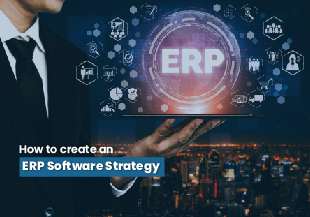

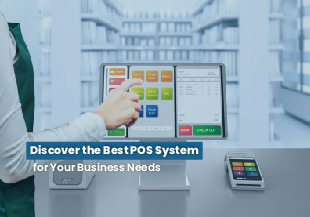
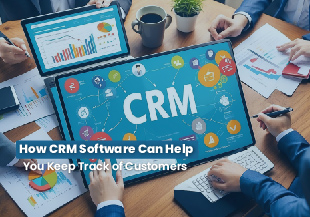
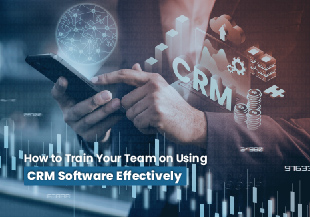
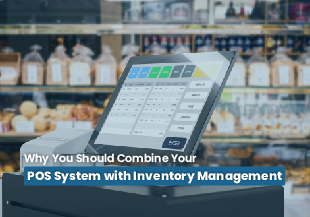
 Chat with Prismatic Bot
Chat with Prismatic Bot